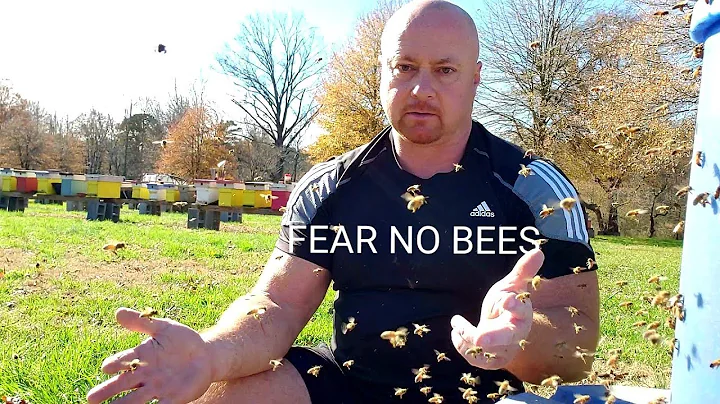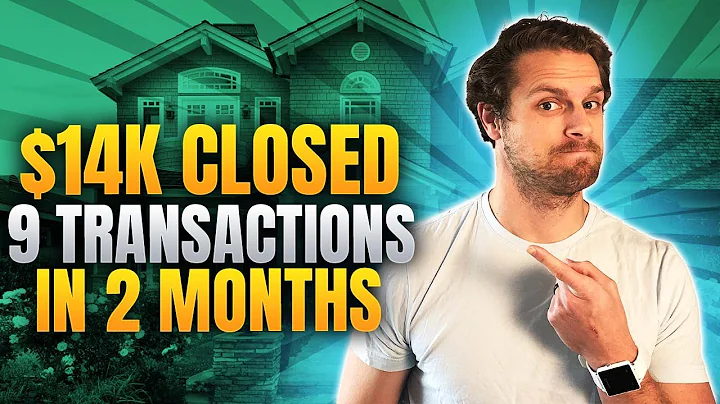Understanding Cam Chain Tensioners: Why the Rattle on Start-Up?
Table of Contents
- Introduction
- Understanding Cam Chain Tensioners
- The Cam Chain Tensioner on the Concourse 14
- Comparison with Older Kawasaki Models
- The Rattle Sound on Startup
- Explaining the Design of the Concourse 14 Cam Chain Tensioner
- Setting up the Cam Chain Tensioner on the Concourse 14
- Exploring Mechanical Cam Chain Tensioners
- Understanding Wedge-Type Cam Chain Tensioners
- Conclusion
Understanding Cam Chain Tensioners
The cam chain tensioner is an essential component in motorcycles, including the Concourse 14 and other models like the ZX14. When starting up these bikes, you may notice a slight rattling sound, often referred to as a cam chain rattle. In this article, we will explore the reasons behind this noise and shed light on the functioning of cam chain tensioners. Understanding how these tensioners work will help you better appreciate their role in the overall performance of your motorcycle.
The Cam Chain Tensioner on the Concourse 14
The cam chain tensioner used in the Concourse 14 is quite common among modern motorcycles. It features a two-stage design, combining a spring mechanism with hydraulic elements. The tensioner relies on oil pressure from the motorcycle's oil pump to apply pressure to the cam chain, ensuring proper tension. However, when the bike has been sitting for a while, the tensioner may lose some of its back pressure, leading to the initial rattle sound during startup.
Comparison with Older Kawasaki Models
To better understand the workings of the cam chain tensioner, let's compare the design of the Concourse 14 tensioner with an older Kawasaki model. The older model we will discuss is the KZ 1000, known for its wedge-type tensioner. This tensioner uses two wedges that articulate with each other to create the necessary tension on the cam chain. Unlike the hydraulic design of the Concourse 14 tensioner, the wedge-type tensioner does not have the ability to retract, resulting in a non-adjustable and rigid tensioning mechanism.
The Rattle Sound on Startup
Now that we have examined the different types of cam chain tensioners, let's delve deeper into the rattle sound that occurs on startup. When the motorcycle has been idle for some time, the tensioner loses oil pressure, causing it to retract slightly. This retraction creates a small amount of play in the cam chain, resulting in the initial rattle sound. However, as soon as oil pressure builds up, the tensioner pushes against the cam chain guide, eliminating the play and resolving the rattle.
Explaining the Design of the Concourse 14 Cam Chain Tensioner
The Concourse 14 cam chain tensioner is designed with a specific purpose, namely to accommodate variable valve timing. This design choice allows for a slight buffer zone, preventing the cam chain from jumping teeth or coming off altogether. The tensioner's two-stage design provides the necessary flexibility to absorb any variations in the cam chain's tension, ensuring smooth and reliable operation.
Setting up the Cam Chain Tensioner on the Concourse 14
When installing or replacing the cam chain tensioner on the Concourse 14, there are specific steps you need to follow. The process involves retracting the tensioner, setting its position, and securing it in place before releasing it. Failure to properly set up the tensioner can lead to malfunction and potential damage to the engine. Always refer to the service manual for your specific motorcycle model to ensure correct installation.
Exploring Mechanical Cam Chain Tensioners
In addition to hydraulic cam chain tensioners, there are also mechanical variants, such as the wedge-type tensioner found in older Kawasaki models. Mechanical tensioners offer a different approach to maintaining cam chain tension. Once set, these tensioners do not retract or adjust, providing a rigid and stable tensioning mechanism. While they lack the flexibility and damping properties of hydraulic tensioners, they serve their purpose effectively in certain motorcycle designs.
Understanding Wedge-Type Cam Chain Tensioners
Wedge-type cam chain tensioners, like the ones found in older Kawasaki models, utilize wedges to secure the tensioner in place. These tensioners do not retract, providing a fixed tensioning mechanism. During installation, the tensioner is positioned against the cam chain guide and secured, preventing any movement. This design ensures a reliable and consistent tension on the cam chain, minimizing the risk of any slack or rattle during operation.
Conclusion
Cam chain tensioners play a crucial role in maintaining the proper tension of the cam chain in motorcycles. Understanding the different types of tensioners, such as the hydraulic design used in the Concourse 14 and the mechanical design found in older Kawasaki models, helps us appreciate the complexity of their functioning. While the initial rattle sound during startup may cause concern, it is a normal occurrence due to the design and operation of these tensioners. With the proper installation and regular maintenance, cam chain tensioners contribute to the smooth and reliable performance of your motorcycle.
Highlights
- Cam chain tensioners are essential components in motorcycles, including the Concourse 14 and ZX14.
- The Concourse 14 cam chain tensioner features a two-stage design, combining a spring mechanism with hydraulic elements.
- Older Kawasaki models, such as the KZ 1000, use wedge-type tensioners, which do not retract and provide a fixed tensioning mechanism.
- The initial rattle sound on startup is caused by the play in the cam chain, which is resolved when oil pressure builds up.
- Proper installation and maintenance of cam chain tensioners are crucial for the reliable performance of your motorcycle.
Frequently Asked Questions (FAQ):
Q: Is the rattling sound on startup normal?
A: Yes, the rattling sound on startup is normal and occurs due to the play in the cam chain tensioner. It is part of the design and does not indicate any issues with your motorcycle.
Q: How do I properly set up the cam chain tensioner?
A: To properly set up the cam chain tensioner, refer to the service manual for your specific motorcycle model. The manual will provide step-by-step instructions on how to retract, position, and secure the tensioner for correct installation.
Q: Are hydraulic or mechanical cam chain tensioners better?
A: Both hydraulic and mechanical cam chain tensioners have their advantages. Hydraulic tensioners offer flexibility and damping properties, while mechanical tensioners provide a rigid and stable tensioning mechanism. The choice depends on the specific design and requirements of the motorcycle.
Q: Can I replace the cam chain tensioner myself?
A: Replacing the cam chain tensioner requires mechanical knowledge and experience. If you are familiar with motorcycle maintenance and have the necessary tools, you can attempt the replacement. However, it is recommended to consult a professional mechanic to ensure proper installation and avoid any potential issues.







